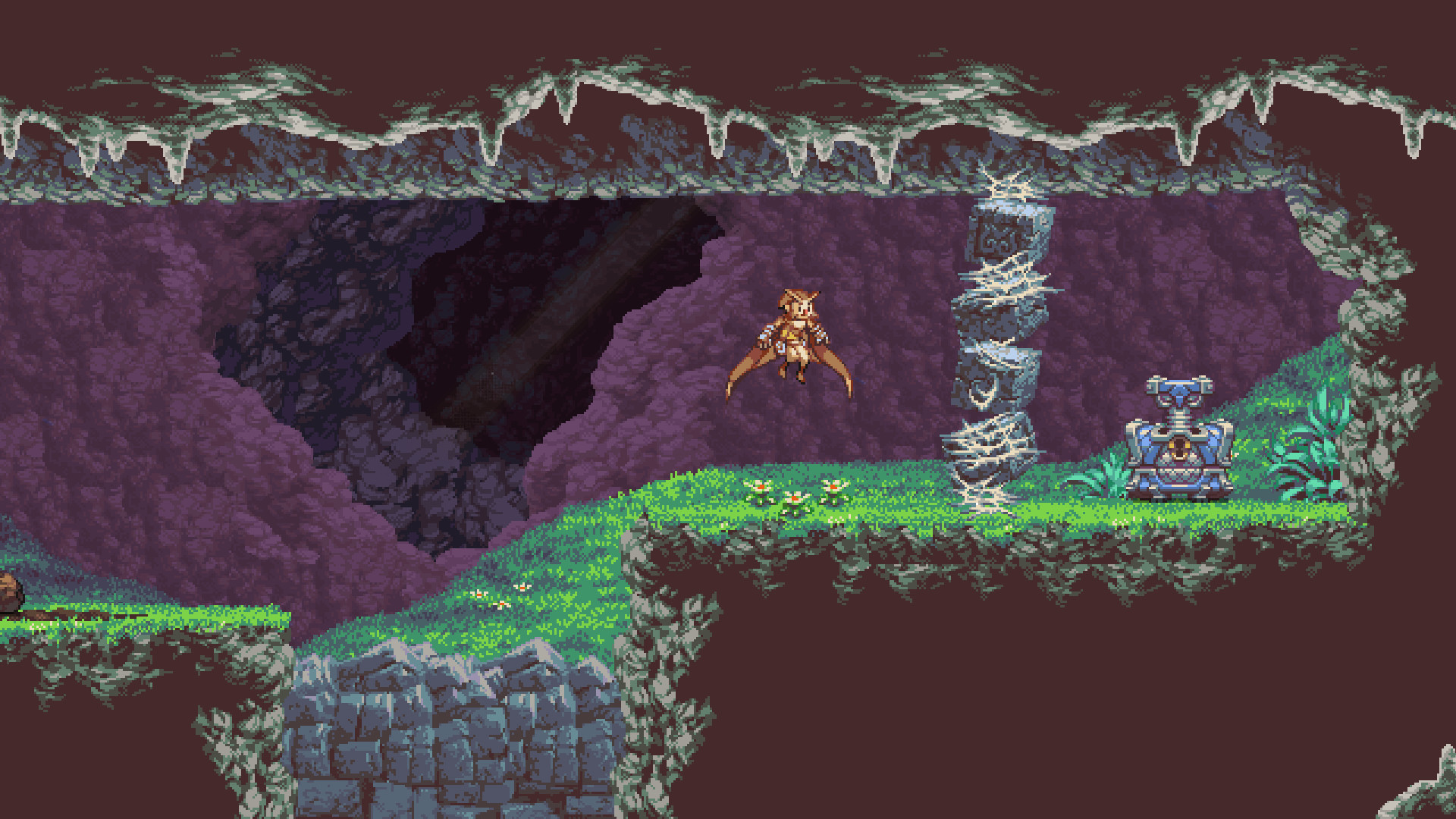

“Ophryocystis elektroscirrha (OE) is a debilitating protozoan parasite that infects Monarchs. One of the strongest reasons for not rearing hundreds (or more) Monarchs in close quarters is the spread of the highly contagious parasite OE (Ophryocystis elektroscirrha). Monarch Chrysalis ready to eclose – native garden phlox (Phlox paniculata) I am deeply saddened that it won’t be long before we in the rest of the country will also no longer be able to rear Monarchs, even on the most modest scale. There are folks who are rearing Monarchs by the hundreds, thousands, and even tens of thousands in wholly unsatisfactory conditions, ignoring safe and sanitary protocols.Īs goes California, so goes the rest of the nation.

Canada and Mexico also restrict Monarch handling. It is unlawful to take possession of live monarchs, breed and rear them in captivity, and conduct other interventions including covering eggs, larvae, and adult butterflies with nets, and transporting Monarchs to different locations. In June, a California court ruling opened the door for the protection of insects as endangered species, which now includes the Monarch Butterfly.

The ruling by the IUCN, which is an organization based in Gland, Switzerland, has no legal bearing on rearing Monarchs however, that is not the case with the California ruling. Considering the spiraling downward numbers of the Monarch Butterfly population, this basic tenet has never rang more true.Ī number of friends have written in the past month with questions about captive rearing butterflies and the new listing of the Monarch as an endangered species by the IUCN (International Union for the Conservation of Nature) and by the state of California. The first guideline in becoming an excellent citizen scientist is to do no harm while trying to do good.


 0 kommentar(er)
0 kommentar(er)
